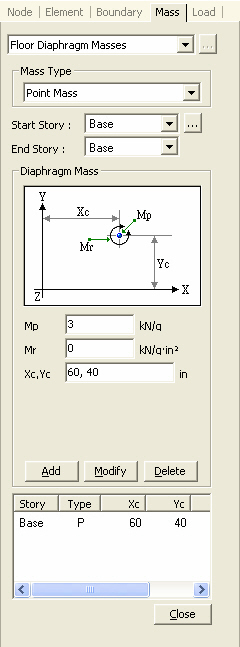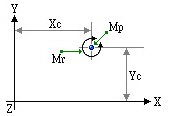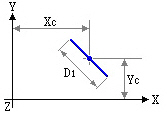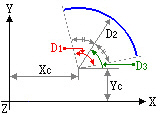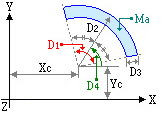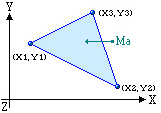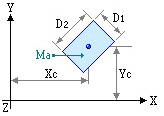Floor Diaphragm Masses
| ||||||||||||||
|
| ||||||||||||||
|
| ||||||||||||||
|
When the model is a building, enter the floor mass data for stories.
There are two methods for entering floor masses.
1. Calculate and enter the floor mass, rotational mass moment of inertia and coordinates of the center of mass
2. When the floor plane is consisted of line masses (straight line, arc) or surface masses (rectangle, triangle, circle), the geometric shapes of the relevant mass units and the positions are specified. The program then automatically computes the floor mass, the rotational mass moment of inertia and the center of mass
The function can be repeatedly used for a given floor plane when the floor plane is consisted of several units of different shapes.
The entered mass data are used to automatically calculate equivalent static seismic loads according to the seismic design codes and used for dynamic analysis.
Floor Diaphragm Masses is used in connection with Model > Building > Story, Control Data.
In order to use the function, the Z-axis of the building model must orient opposite to the gravity direction, and "Consider Floor Diaphragm" in Story must be assigned to the relevant floors to activate Rigid Diaphragm Action for each story.
The calculated or entered mass data are automatically entered at the Diaphragm Centers, that is, the center of mass is auto-calculated for each story. Only the components in the GCS x and y directions and the rotational mass moment of inertia about the z-axis are considered. | ||||||||||||||
|
| ||||||||||||||
|
| ||||||||||||||
|
| ||||||||||||||
|
From the Main Menu select Model > Masses > Floor Diaphragm Masses.
Select Geometry > Masses > Floor Diaphragm Masses in the Menu tab of the Tree Menu. | ||||||||||||||
|
| ||||||||||||||
|
| ||||||||||||||
Diaphragm Mass
Point Mass
Line Mass
Circular Arc Mass
Circular Area Mass
Triangular Area Mass
Rectangular Area Mass
Note When Floor Diaphragm is considered, mass center can be checked from Query>Story Mass Table.
| ||||||||||||||
|
|
